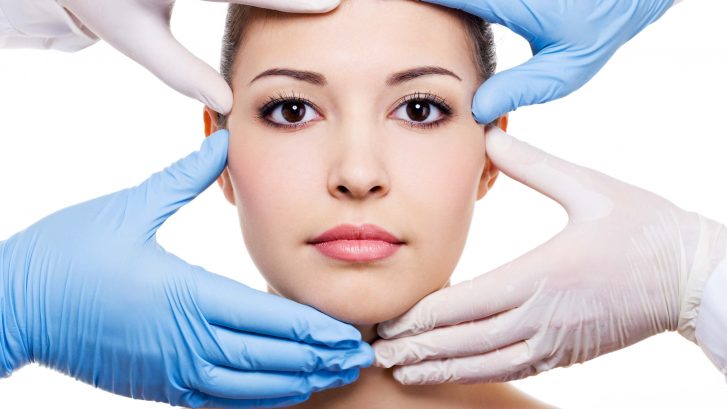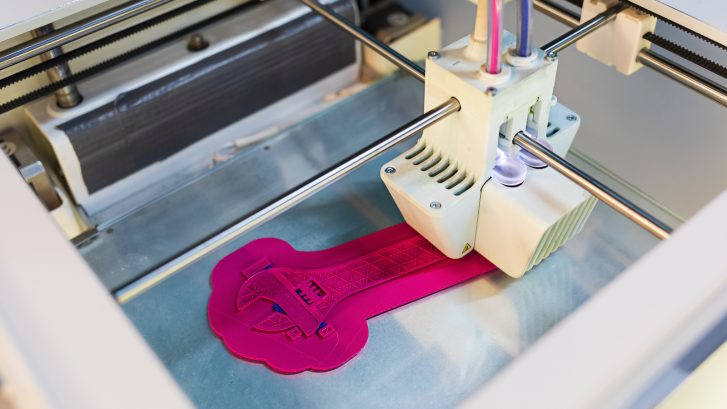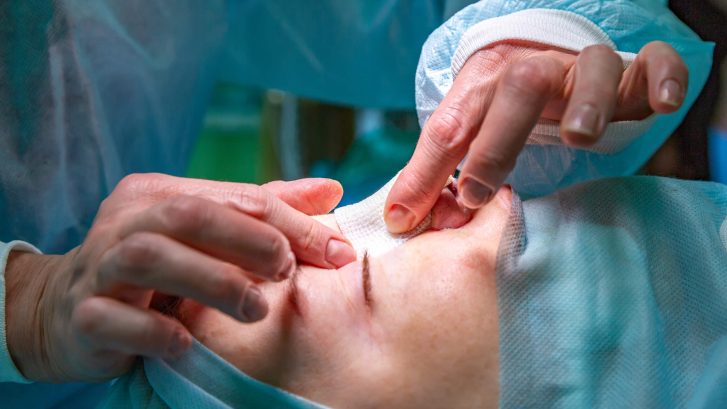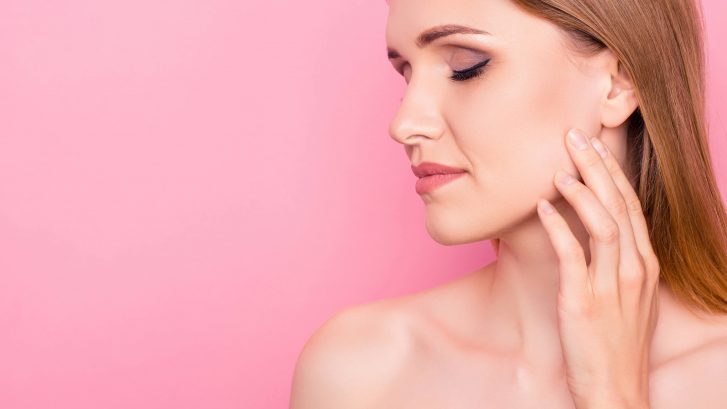10 Reasons Why Generation Z & Millennials Aren’t Afraid to Get Plastic Surgery Before They “Need” It
When the words “cosmetic surgery” are bandied about, they often conjure up images of older individuals getting facelifts or other age-defying procedures. But the truth is often much different than perception.
People are consulting skilled surgeons at younger and younger ages. Time waits for no one, and the aging process begins the moment you are born, so the trend in the cosmetic field is skewing toward Millennials and Generation Z.
We’re counting down the Top 10 reasons for this phenomenon, but everyone has different aesthetic goals. The following are just an outline of the shifting demographics in plastic surgery and the underlying dynamics driving them…
- It’s Safe – Technology advances with every nanosecond that passes, and medical science walks hand in hand with its progress. The improvements in laser tech, cosmetic simulations, and tissue reconstruction are myriad, convincing a new generation of potential cosmetic surgery patients to look upon the procedure more favorably. When the risks decrease, curiosity flourishes.
- It’s Sexy – Cosmetic surgery can improve your self-esteem, your confidence, and even your sex life. According to a recent study, about half of women who experienced body enhancement reported greater enjoyment in the bedroom, and that number skyrockets to 80 percent when regarding breast augmentation recipients. A healthy sense of sexuality further bolsters your self-image, resulting in psychological benefits that last well beyond any one procedure or tryst.
- It’s Social Media – Let’s face it: younger people live their lives on social media. Likes, shares, and follows are the vernacular of the modern era, and Millennials constantly compare themselves to their generational cohorts online. It’s healthy to consider all of your options when it comes to how you project yourself to the Insta-world, and cosmetic surgery is just one of those many options.
- My Face, My Choice – Your body is yours, and nobody can tell you what to do with it. In the age of the #MeToo movement, everyone should be more cognizant of their own empowerment. This means dictating your own destiny and shaping the physicality that fits your mindset. By accepting responsibility for your own being, you assert your respect for the autonomy of others. Make decisions about your cosmetic needs for yourself; don’t rely on others to determine your path.
- Envision Your Own Future – Think about your adolescent years. You were constantly told to wait until you were older, right? But young people today don’t need to wait; the future is at their fingertips with every advance we make as a society. Generation Z can become their best self by applying everything great and wondrous about medical technology to their cosmetic needs.
- Live for the Now – Not to get too political, but we live in divided times. There is no certainty about tomorrow, so more and more young people are living for today. Our environment is on the precipice and global tensions are careening towards a proverbial cliff. Why postpone one’s enjoyment when the future is so uncertain? Youth is to be enjoyed, so get out there and live it up!
- Urban Convenience – College educated individuals are increasingly moving toward the cities where they have the best chance to start a career in their given vocational field. According to one statistic, the 50 biggest urban centers in America have witnessed a surge in college graduates migrating to their hubs. This number has grown approximately 23 percent in the past three decades. Now that Gen Z and Millennials are settling in big cities, they have access to the best resources in areas such as cosmetic surgery. Familiarity breeds increased exposure, which explains the rise in procedures among the younger generations.
- Nothing Is Permanent – Every decision has consequences, but those consequences present more opportunities to learn and grow. Young adults see their longevity stretching out before them, and the landscape is verdant with possibilities. You can change several small details without erasing who you are inside, so Millennials are far more open-minded than their predecessors when it comes to experimenting with tattoos, piercings, and other body modifications. After all, you can always change your mind!
- Testing the Waters – When we say “cosmetic surgery”, the reader may be imagining some drastic alteration that renders the patient unrecognizable, but that’s simply not the case with most procedures. We’re talking fillers, enhancements, and other minor adjustments that simply complement your existing beauty. Since younger individuals often have fewer demands when it comes to cosmetics, they can dip their toes in the realm of these procedures without resorting to drastic measures. Start small and think big!
- The Results Are Ravishing – Gen Z and Millennials are often visual people. They were raised in the age of social media and, as a result, they want to see something for themselves before they believe it. That’s why it’s important to peruse some before and after pics to assess your individual needs and desires. See yourself as you are and how you ideally want to be, and gauge your expectations on the realities of what cosmetic surgery offers its recipients.
No matter what your age, your look is forever. Despite the inevitable process of aging, you can embrace your inner youth and amplify your inner light.
We want to help.
Contact us today and learn about your options when it comes to cosmetic procedures and everyday enhancements. We have a skilled and knowledgeable team ready to assist with your every curiosity.










